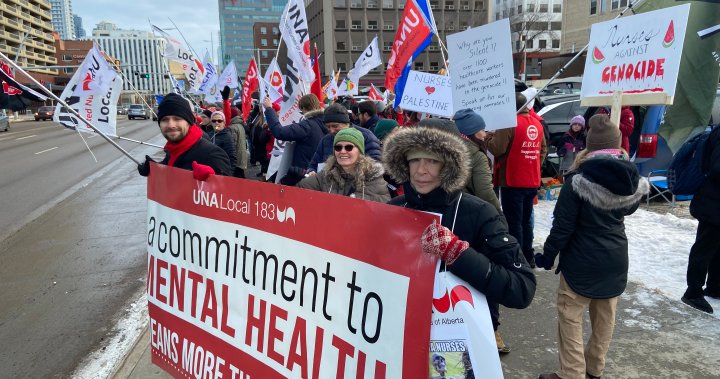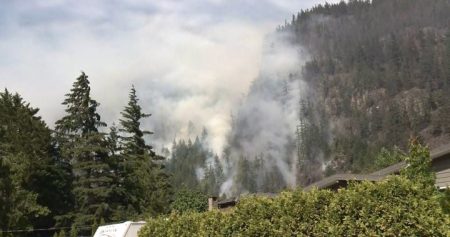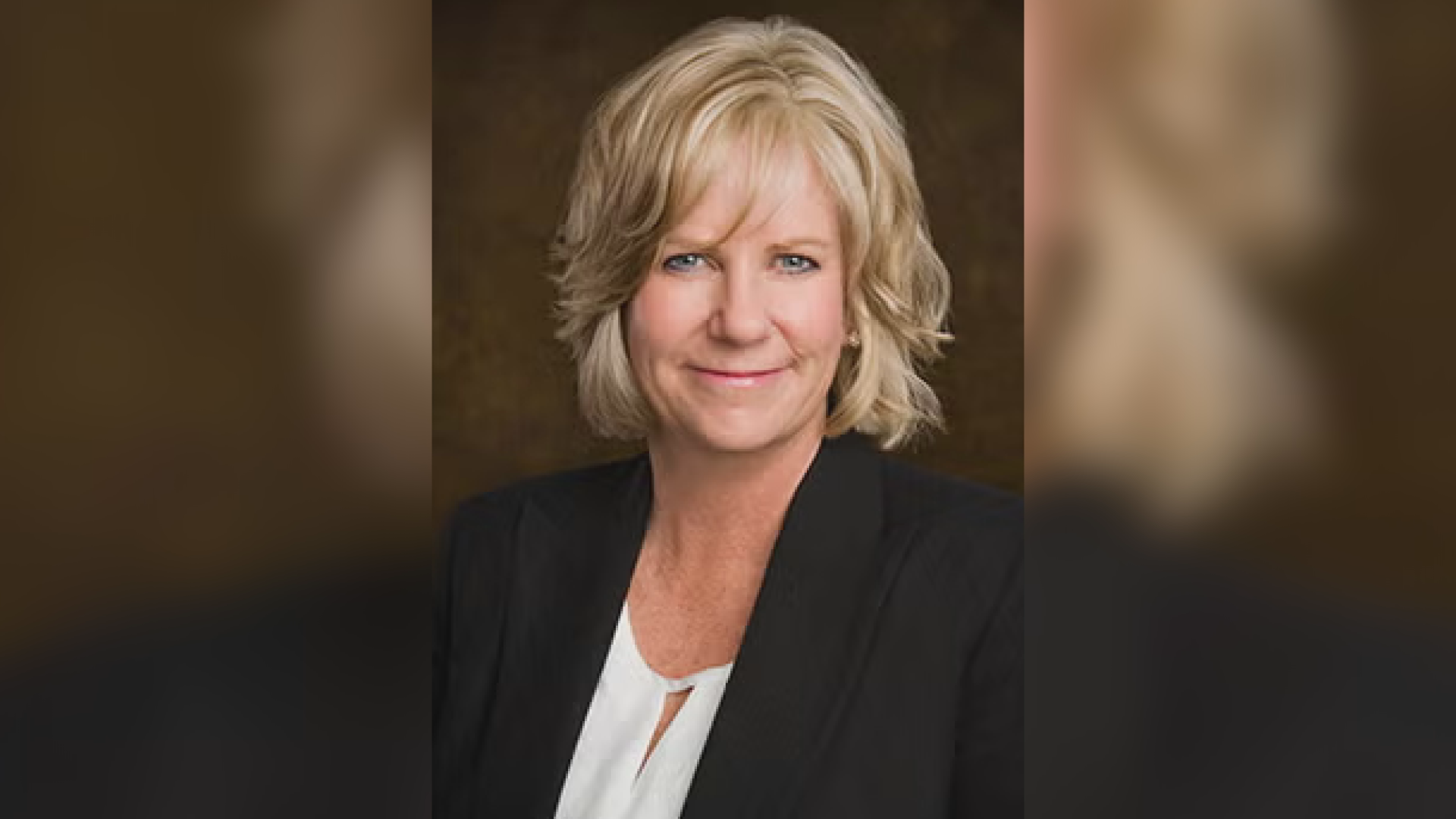The healthcare system in Alberta, Canada, is facing a crisis of understaffing and dwindling resources, leading to widespread burnout among nurses. This has culminated in a series of “Day of Action” rallies across multiple cities in the province, echoing a historic nurses’ strike in 1988. The rallies, organized by the United Nurses of Alberta (UNA), highlight the urgent need for improved working conditions, better wages, and increased staffing levels to address the overwhelming strain on the healthcare system.
The core issue driving the nurses’ protests is the severe shortage of staff, exacerbated by increasing patient loads due to population growth and the ongoing pressures of the COVID-19 pandemic. Nurses are being asked to do more with less, leading to increased stress, burnout, and concerns about the quality of patient care. Emergency rooms are overflowing, bed spaces are insufficient, and temporary closures of healthcare facilities are becoming more frequent and prolonged. This situation is not only detrimental to the well-being of nurses but also compromises the ability of the healthcare system to provide adequate and timely care to patients.
The “Day of Action” rallies are taking place amidst ongoing contract negotiations between the UNA and Alberta Health Services (AHS). Over 30,000 UNA members have been working without a contract since April, having rejected an offer late last year. Mediation has resumed, but the nurses are demanding a fair contract that addresses their concerns about staffing, working conditions, and wages. They argue that a competitive contract is essential to attract and retain nurses in Alberta, preventing further exacerbation of the staffing crisis. The rallies serve as a powerful message to the provincial government and AHS, highlighting the urgency of the situation and the need for meaningful action.
The parallels between the current situation and the 1988 nurses’ strike are striking. The 1988 strike, which lasted 19 days and was deemed illegal at the time, was a testament to the nurses’ desperation and frustration with similar working conditions. The fact that nurses are once again taking to the streets underscores the deep-seated and unresolved issues within the healthcare system. The nurses are not only advocating for their own well-being but also for the health and safety of Albertans who rely on a functioning and adequately staffed healthcare system.
The Alberta government has remained silent on the issue, stating that it will not comment as the matter is between AHS and the union. AHS, in a brief statement, affirmed its commitment to the bargaining process and acknowledged the value of its employees. However, this response has done little to assuage the concerns of the protesting nurses, who are demanding concrete action and meaningful change. The lack of direct engagement from the government further fuels the nurses’ frustration and underscores the perceived disconnect between the political sphere and the realities on the ground within the healthcare system.
The “Day of Action” rallies represent a critical juncture in the ongoing struggle for improved working conditions and patient care within Alberta’s healthcare system. The nurses’ demands for better staffing, fair wages, and improved working conditions are not merely requests but necessities for a functioning and sustainable healthcare system. The rallies serve as a powerful reminder of the crucial role nurses play in society and the urgent need to address the systemic issues that are jeopardizing the health and well-being of both healthcare workers and the public they serve. The outcome of the ongoing negotiations and the government’s response to the nurses’ demands will have significant implications for the future of healthcare in Alberta.










